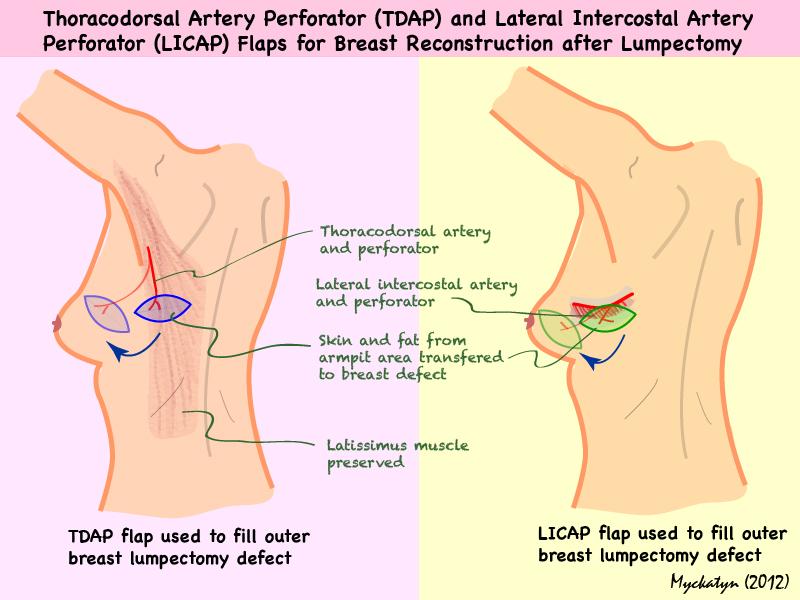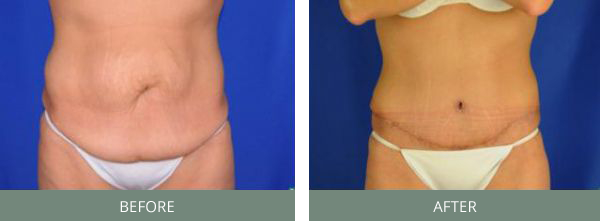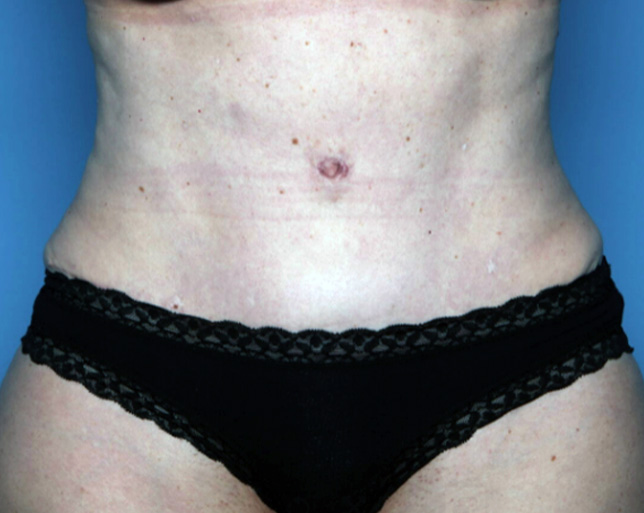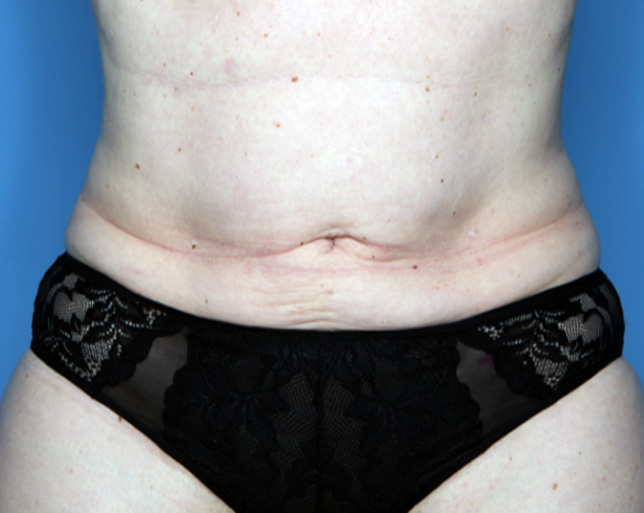SAINT LOUIS BREAST RECONSTRUCTION: TDAP AND LICAP BREAST RECONSTRUCTION
What is a TDAP flap? The TDAP, or thoracodorsal artery perforator flap, is a newer method of reconstructing the breast using your own tissues after a lumpectomy. Skin and fat from near the armpit area and side of the back are transferred to reconstruct defects of the outer breast, usually without sacrificing muscle tissue. Its blood flow is based off of branches, or perforators, of the thoracodorsal artery. The incision is usually well concealed.
What is a LICAP flap? The LICAP, or lateral intercostal artery perforator flap, is a newer method of reconstructing the breast using skin and fat from the side of the chest, near the armpit area. It is used to reconstruct outer breast defects following lumpectomy. It is based off a branch or perforator of the lateral intercostal artery. The incision is usually well concealed.


Dr. Terry Myckatyn and
Dr. Marissa Tenenbaum:
Trusted. Experienced. Committed.
What is a “perforator flap”? Perforator flaps represent a new advance in microsurgery. These flaps are composed of skin and fat tissue and spare muscle tissue. They are based off of arteries and veins that send branches that penetrate through or between the muscles and into the fat and skin. Using advanced microsurgical techniques, the fat and skin can be removed and used for reconstruction without removing the muscle tissue. This has led to an increased number of reconstructive options for patients that speed up recovery while minimizing long-term functional problems and pain. DIEP, PAP, LICAP, TDAP, SGAP and IGAP flaps are all examples of perforator flaps that have advanced the field of breast reconstruction in appropriately selected candidates.
How are TDAP and LICAP flaps used in breast reconstruction after lumpectomy? Until recently, when people considered breast reconstruction they were thinking of reconstructing an entire breast after a mastectomy. However, there are several options for the reconstruction of the partial breast defects that occur after a lumpectomy. A recent survey conducted by the American Society of Plastic Surgery showed that 46% of women undergoing a lumpectomy were dissatisfied with the cosmetic appearance of their breasts afterwards. The reconstruction of lumpectomy defects is frequently referred to as oncoplastic surgery.
Before & After
Visit our Photo Gallery to see our patient results.
*Results may vary.
View Patient ResultsTDAP and LICAP flaps are particularly effective in reconstructing partial defects of the outer breast in patients within a relatively broad weight range, Scars are usually well concealed in the armpit area. TDAP and LICAP flaps represent an alternative to fat grafting, breast implants and other traditional flaps for reconstructing lumpectomy defects.
Anesthesia: Lumpectomy TDAP and LICAP breast reconstruction is performed with the patient under general anesthesia.
Length of procedure: 90 minutes to 3 hours.
Estimated recovery time: You can return to work after 2 to 4 weeks and should avoid vigorous activities for 4 to 6 weeks. Visible bruising and swelling should begin to improve within 2 weeks.
Click here to download our patient instructions for TDAP and LICAP flap oncoplastic breast reconstruction.
Side effects: Common side effects include bruising and swelling. The breast may have some irregular contours after surgery. Delayed wound healing and infections may occur.
If you have questions or would like to book a consultation with one of the surgeons at West County Plastic Surgery, please call (314) 996-8800.














